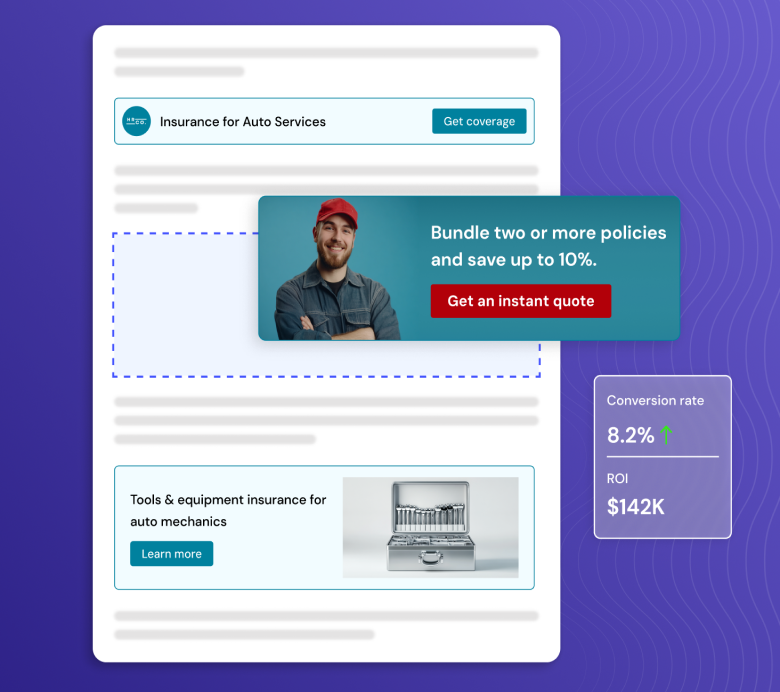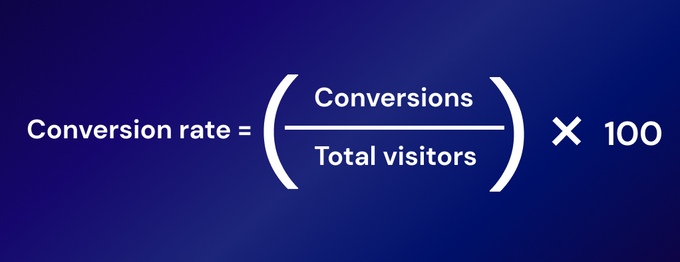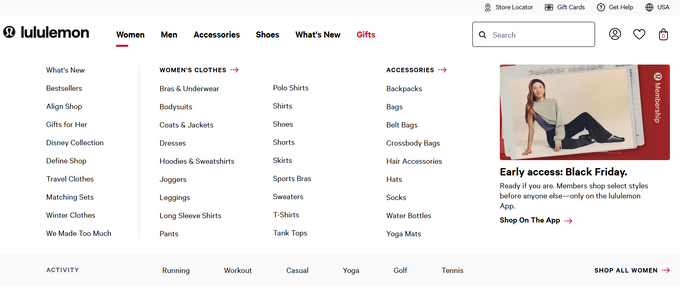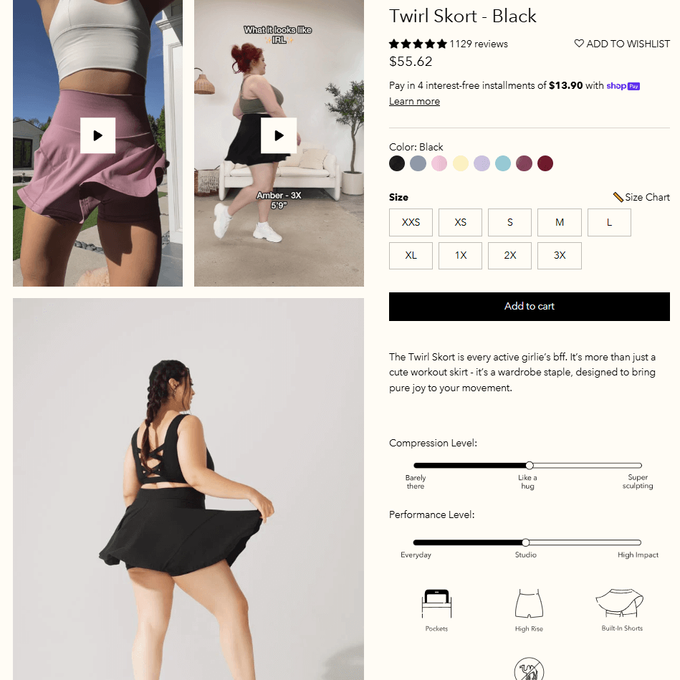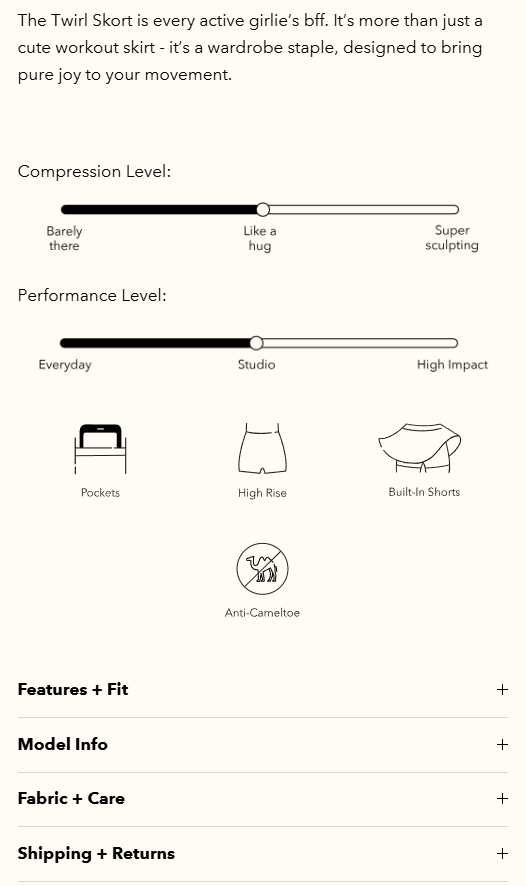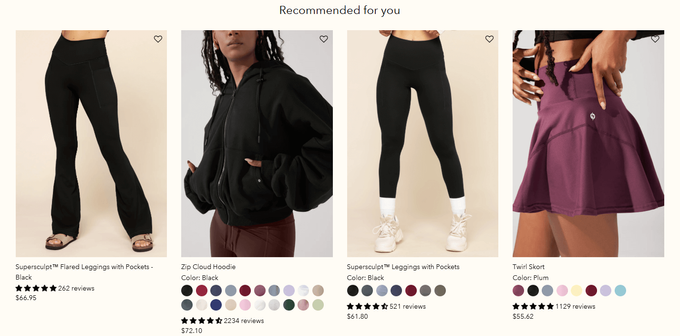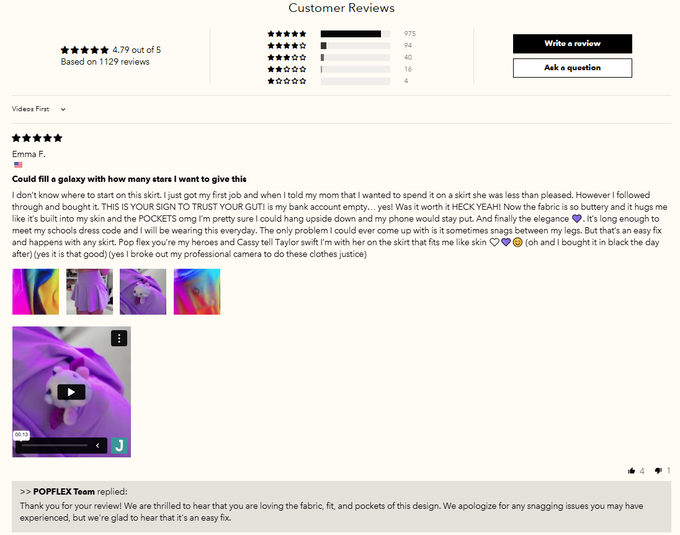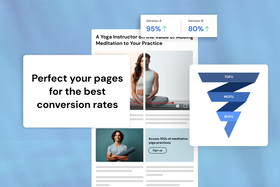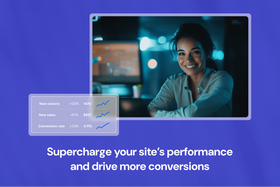E-commerce CRO: 6 pro tips to increase conversions
Explore proven CRO techniques to grow your e-commerce business and increase revenue.
Updated November 27, 2024
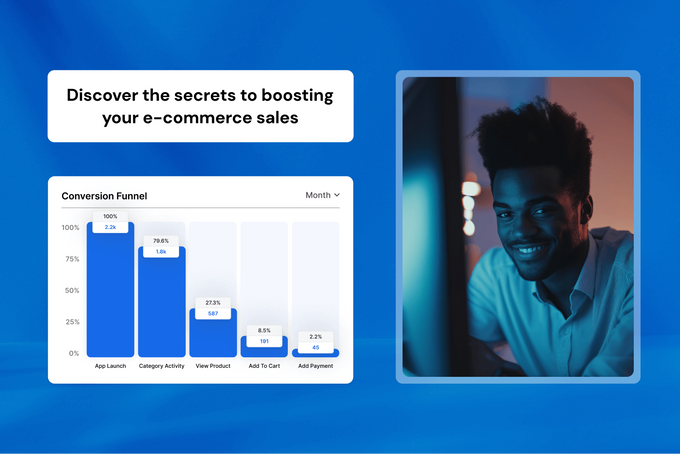
When you look at e-commerce brands that have grown significantly and attracted a large user base, the key to their success is simply that they managed to find the best way to sell their product. While luck can sometimes play a role, success usually comes from finding a strategy that truly converts and connects every step of the user journey—from awareness and consideration to purchase.
It's not just about tweaking small details like button colors. While A/B testing can help you optimize a percentage here and there, you need a clear understanding of the user journey to achieve significant results. This includes figuring out how to reach your audience and guide them through the funnel.
Let's explore actionable e-commerce conversion rate optimization tips to maximize sales, reduce cart abandonment, and enhance user experience.
Key takeaways
- The key to e-commerce CRO is understanding and optimizing the entire user journey, from awareness to purchase.
- Don't waste time on small tweaks; focus on strategic changes that have a bigger impact.
- Leverage A/B testing and monitor key analytics to find and fix what's keeping visitors from converting.
What is e-commerce CRO?
E-commerce conversion rate optimization (CRO) is the process of improving the percentage of visitors who complete a desired action on your website, such as making a purchase, adding items to their cart, or signing up for an email list. The goal of e-commerce CRO is, first and foremost, to increase sales, but you can also use it to improve add-to-cart rates and reduce cart abandonment.
How to calculate conversion rate for e-commerce
To calculate conversion rate in e-commerce, divide the total amount of conversions by the total number of visitors and multiply the result by 100 to get a percentage.
So, if your store had 50 purchases from 1,000 visitors, the conversion rate would be (50 ÷ 1,000) × 100 = 5%. This would put you on the higher end of the e-commerce industry benchmark, which falls between 2% and 5%.
» Track your CRO activities with these conversion metrics.
6 e-commerce CRO tips to boost sales
1. Streamline site navigation
Your menu is the first place users go when they are looking for a specific product or category on your site. Still, a recent study shows that 76% of e-commerce websites have mediocre-to-poor performance in navigation. A well-structured site guides visitors to your products, improves user experience, and increases sales by making it easy for them to find what they need.
While the best navigation depends on your products and customer preferences, you can use these tips to get started:
- Use heatmaps to find out how users navigate your site.
- Create simple menus that are clear and easy to use.
- Highlight popular products or categories.
- Use breadcrumbs to show users where they are on the site and how they got there.
- A/B test different navigation structures to find what works.
- Optimize navigation to accommodate mobile users.
Lululemon's navigation menu is clear and easy to follow. Their products are logically broken down into relevant categories based on customer demographics, product type, and activity.
» Talk to a CRO expert about how to get more out of your e-commerce site.
2. Optimize product pages
Optimizing your product pages is one of the most important parts of e-commerce CRO. A well-optimized product page eliminates friction, answers key questions, and builds trust by providing clear, concise information and visuals that drive users to convert.
Here's how to make the most of your product pages.
Use high-quality product images and videos
High-quality images and videos show potential buyers exactly what they're getting. Use detailed images and videos that show your product from multiple angles and in the right context to give users a sense of how it fits into their lives. By providing clear and attractive visuals, you build trust and make it easier for customers to confidently make a purchase.
POPFLEX's product pages include plenty of helpful and visually appealing imagery, including professional photos and videos from real customers.
Write detailed product descriptions
A concise, engaging description highlights a product's benefits and features while addressing customers' needs. Including specific product information like size, fit, color, materials, etc., ensures buyers have all the information they need to make a confident purchase decision.
Use keywords naturally to improve search visibility and help customers find your product easily.
Adding related product suggestions, like "People also liked" or "Recommended for you," keeps visitors engaged and increases the likelihood of additional purchases.
Provide social proof
Social proof builds trust and validates any claims you make about your product by reassuring potential buyers that others have had positive experiences with your products. Make sure to include reviews on your product pages and always clearly display your product ratings with the total number of reviews. Allowing customers to add their own images and videos to reviews (like POPFLEX does below) makes the feedback more authentic and relatable, giving visitors a clearer idea of what to expect.
3. Simplify the checkout process
Streamlining the checkout process helps reduce cart abandonment and boost conversions. A long and complicated process often drives shoppers away, so keeping it simple is key. Here are some strategies you can use to improve your checkout process:
- Use trust signals like site seals to reassure buyers their information is secure.
- Add a progress bar to show how close users are to completing their purchase.
- Offer guest checkout so users aren't forced to create accounts, which causes 34% of shoppers to abandon their cart.
- Provide multiple payment options, including digital wallets like PayPal or Apple Pay.
4. Create valuable content
Creating content is a powerful way to educate, inform, and engage your target audience. High-quality content—whether it's SEO, social media, or email marketing—drives organic traffic, increases brand awareness, and builds trust.
Since users often need to interact with multiple touchpoints before converting, building a solid e-commerce content marketing funnel helps attract them at different stages of their journey. Focus on creating content that converts and moves them through your sales funnel by guiding users from awareness to purchase and addressing their needs and questions along the way.
» Learn how to improve content marketing ROI.
5. Use highly relevant CTAs
To drive conversions from your content, you need to add CTAs and internal links that guide traffic from upper-funnel to lower-funnel pages. Since most of your content will be upper-funnel and generate the majority of your traffic, you need to focus on capitalizing on these pages.
The key is placing CTAs or links that are highly relevant to the context of the content. When users encounter CTAs that align with what they're reading, they're much more likely to click. In fact, we've found that you can get click-through rates of over 45% when you use enough relevant CTAs in your content. So, look at each content piece and ensure every section has contextually relevant CTAs, links, or widgets to guide users. This approach can significantly boost your click-through rates and drive more conversions.
6. Get user feedback
User feedback provides valuable insights that data alone can't provide. By engaging with users, you can understand their sentiments, priorities, and motivators.
Ask them:
- What drove them to look for your product
- Which variables they consider when comparing products
- Where they learned about your product
- What convinced them to buy
The answers to these questions can reveal potential pain points or features they love, which you can use to inform your CRO activities. You can also use exit-intent surveys to understand why users leave your site without converting.
» Get expert advice to refine your e-commerce CRO strategy. Schedule a consultation.
Supercharge your e-commerce sales
Successful e-commerce brands don't grow by chance—they grow by mastering the art of conversion. Real impact comes from understanding and guiding the entire user journey, from awareness to purchase. The key is to create a strategy that resonates with your audience and connects every step of the funnel. By focusing on what truly drives conversions and refining how you engage your users, you can turn traffic into sales and build a brand that thrives.
» Book a demo to see Entail CRO in action, or try it for free.
